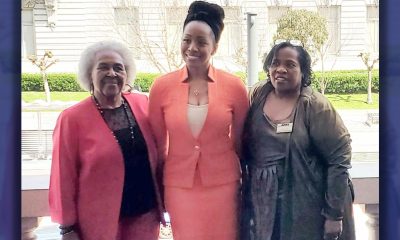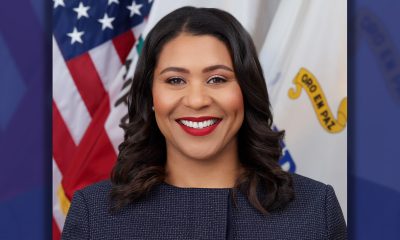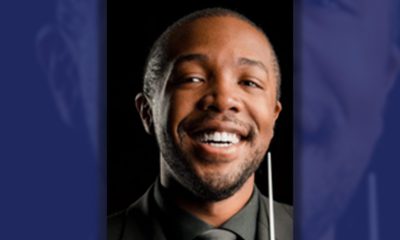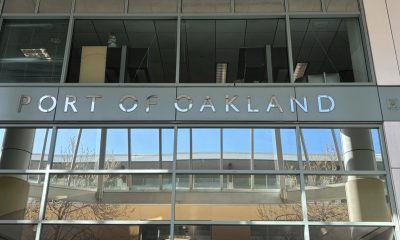Black History
COMMENTARY: New Las Vegas Raiders President is Female, Black, AND Asian
We have never been comfortable with mixed-race kids and what to call them. But since 2010, the multiracial population has grown from 9 million to 33.8 million people, a 276% increase according to the 2020 Census.
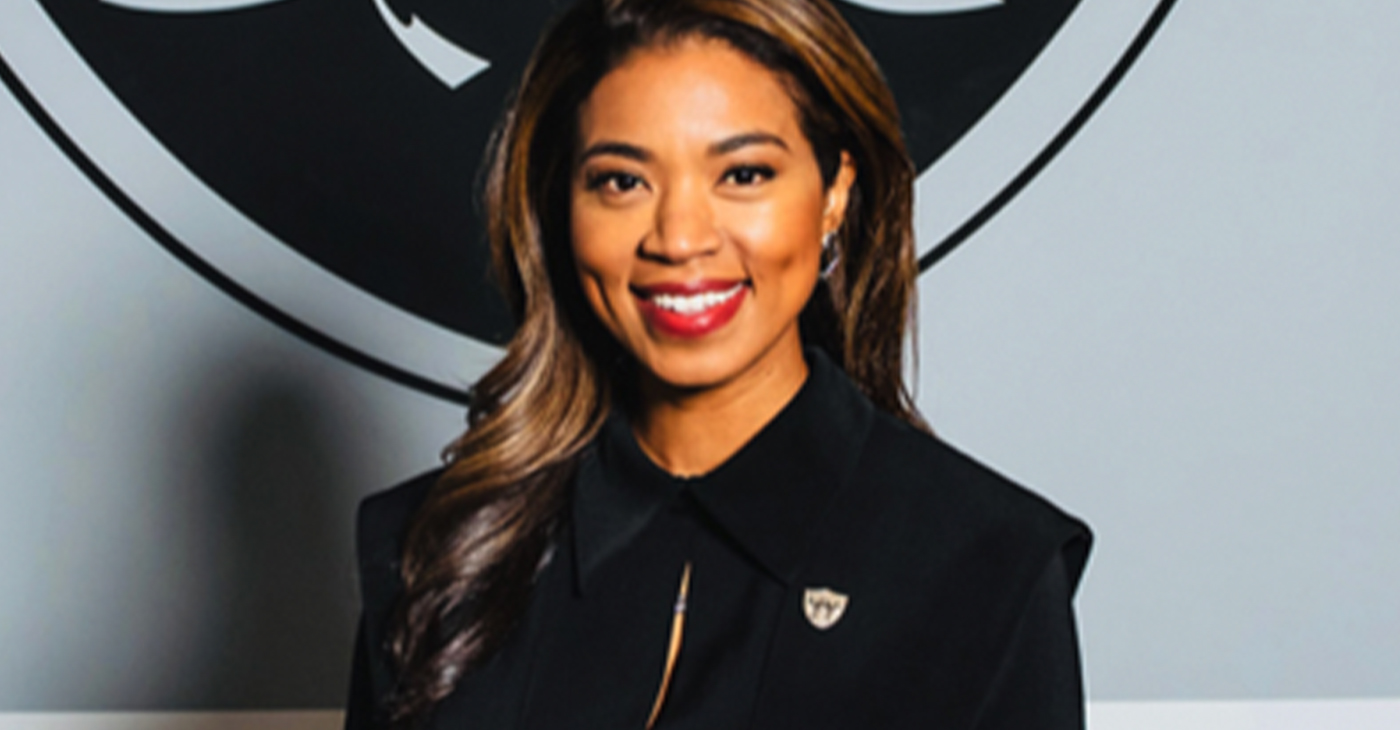
By Emil Guillermo
I confess to being a Raiders fan from a very early age.
Even though I was born and raised in San Francisco, as a young boy I cheered Clem Daniels at Frank Youell Field. Old School. Then Daryl Lamonica. Then Kenny Stabler. Warren Wells. Gene Upshaw. Hewritt Dixon. George Atkinson. George Blanda. I loved them all. When they left Oakland the first time, they broke my heart. When they came back, I bought season tickets and broke my bank. And then they left again and broke my heart for good.
I started rooting for the 49ers. I know, blasphemy.
But I always keep an eye on the Las Vegas Raiders. And on July 7, 2022, when they announced a new president, I took a double take.
She looked like a Filipina. To me, she clearly had some Asian blood.
But then they announced her, Sandra Douglas Morgan, and all the stories had some variation of this line: “Morgan becomes the first Black woman in NFL history to ascend to the title of team president.”
Almost every story I found heralded her Blackness. Hooray.
Only it was partially true. From what I found, only NBC News with California homeboy Lester Holt had the story with all the facts.
Morgan was Black. But as my Asian radar suggested, she was also Asian. Not Filipino, but Korean. NBC showed a picture of her mother.
We’ve been here before.
When something great happens to a mixed-race person, why do we ignore the mix?
The Raiders in Las Vegas are trying so hard to be modern and “progressive” (for the NFL). You’ll recall the team gave Colin Kaepernick a tryout.
So why doesn’t a forward-thinking team in Las Vegas, one of the most diverse cities in the nation, just come out and announce that Morgan is both Black and Asian?
Is it because we don’t want to see the Asian parts? Is it the wrong suit in a game where Black trumps?
As I’ve said, we’ve been here before. Kamala Harris is from the East Bay. Her Black father was mostly absent from her life, and her mother, an Asian-Indian UC cancer researcher, was dominant in her upbringing. Still, Harris publicly identified as Black most of her life.
Through her time as a politico in San Francisco, to her rise as attorney general for the state, to her announcement in Oakland seeking the nomination for president, Harris was always Black first. I always noticed. And wrote about it in the Asian American media.
When did things change? When she was selected as the vice-presidential running mate of Joe Biden. And then, of course, when they won and were inaugurated.
How many times did you see the phrase, “First African American, first Asian American, first woman to be vice president of the United States.”
It was American diversity history. Reporters stumbled over how to get it right.
And now, because human nature is what it is, most people have stumbled back to convention. Kamala? Oh, she’s Black.
But it’s not just Kamala. Tiger Woods has always had this problem. When he came on the scene with his first Masters victory in 1997, stories hailed him as the “Black man in a green jacket,” or “the Black man in a white man’s game.”
The column I wrote, published later in my book “Amok,” pointed out calling Tiger “Black” is once again, just half right. His mom is from Thailand. Tiger described his mix as “Cablanasian.” That made people smile but never stuck.
And now as he slumps back from missing the cut at the British Open, Tiger is back to Black.
Why is this all important? There’s accuracy of course, but it shows we have never been comfortable with mixed-race kids and what to call them. But since 2010, the multiracial population has grown from 9 million to 33.8 million people, a 276% increase according to the 2020 Census.
I know mixed-race kids. I made a few of them. I prefer they say they are Asian because they are. But their mom is white. But that doesn’t show. They get passed over and face both subtle and not so subtle discrimination all the time.
The Jewish faith offers a guide. It believes that what defines you passes by way of your mother. Hence Kamala, Tiger, and yes Saundra Douglas Morgan would be Asian.
But in America, the Census uses a “you are what you say you are” basis. Is it just easier to say Black and leave it at that? And ignore Asian? Maybe until someone points it out.
Here’s a vote for being accurate and fair. When Saundra Douglas Morgan made history, we all should honor our diverse America where we can be Black and Asian and anything else. Proudly.
Especially when we make history together.
Emil Guillermo is a veteran journalist and commentator. His work is on www.amok.com
Activism
Oakland Post: Week of April 24 – 30, 2024
The printed Weekly Edition of the Oakland Post: Week of April 24 – 30, 2024
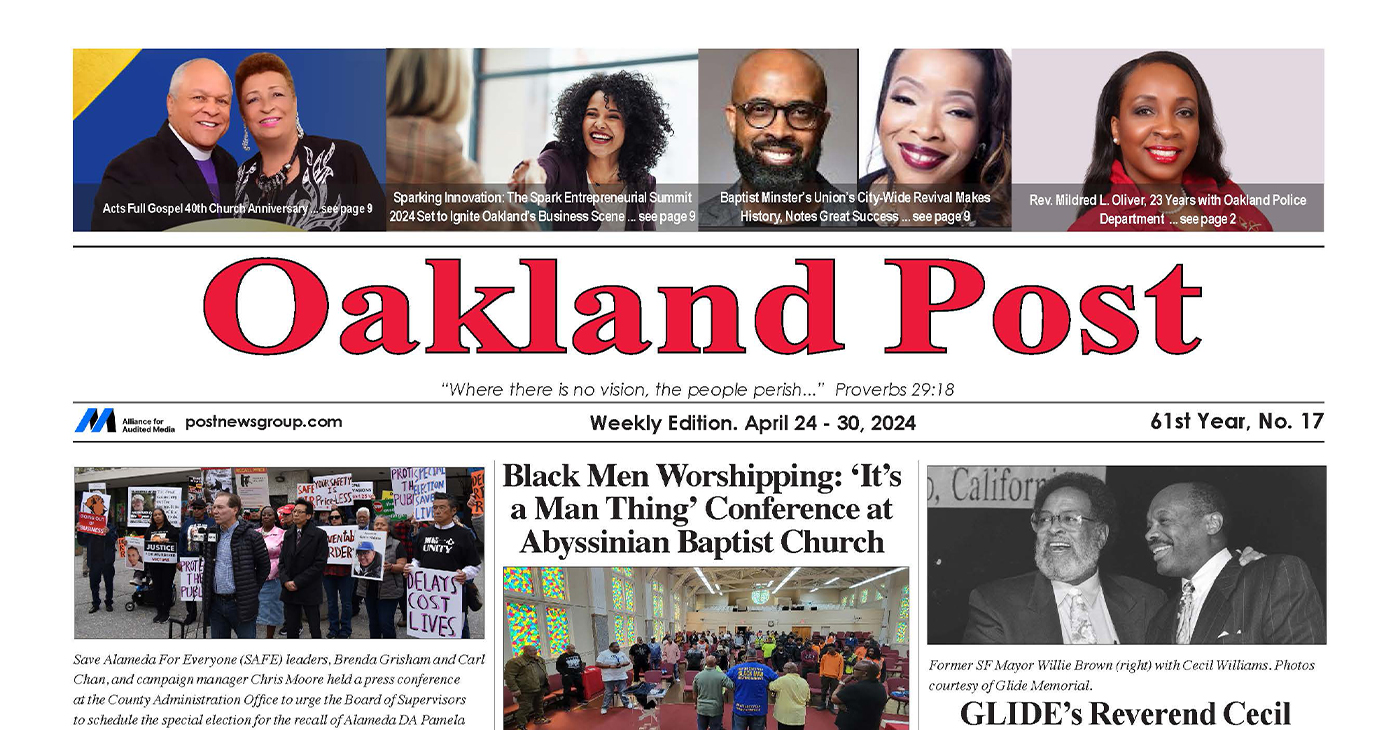
To enlarge your view of this issue, use the slider, magnifying glass icon or full page icon in the lower right corner of the browser window. ![]()
Activism
Oakland Post: Week of April 17 – 23, 2024
The printed Weekly Edition of the Oakland Post: Week of April 17 – 23, 2024

To enlarge your view of this issue, use the slider, magnifying glass icon or full page icon in the lower right corner of the browser window. ![]()
Black History
Matthew Henson: Explorer Extraordinaire
Matthew Henson, a trailblazing explorer who overcame countless obstacles to leave an incredible mark on history. Born on August 8, 1866, in Charles County, Maryland, his journey is a testament to the power of determination and the spirit of adventure.
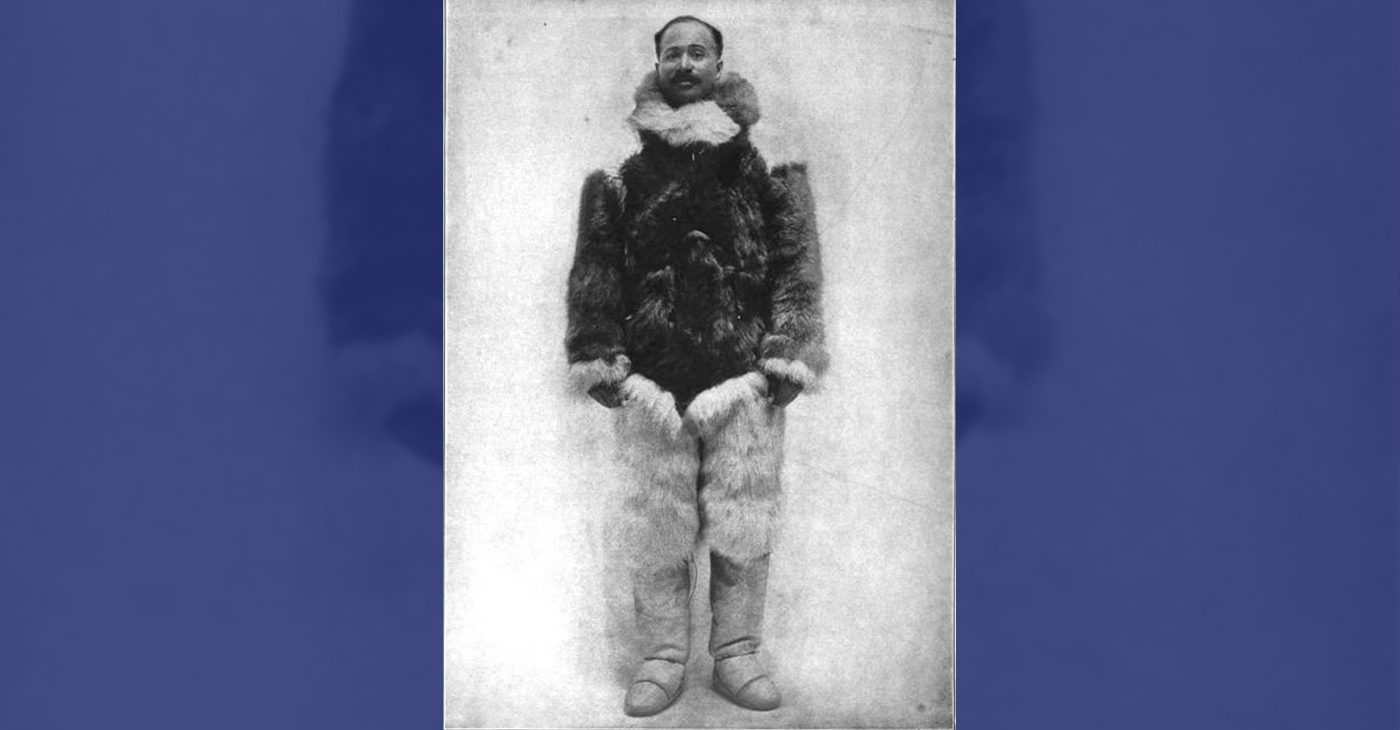
By Tamara Shiloh
Matthew Henson, a trailblazing explorer who overcame countless obstacles to leave an incredible mark on history. Born on August 8, 1866, in Charles County, Maryland, his journey is a testament to the power of determination and the spirit of adventure.
Henson’s life began amidst the backdrop of post-Civil War America, where opportunities for African Americans were scarce. From a young age, he possessed an insatiable curiosity about the world beyond his small town. At the age of 12, he embarked on a journey that would change the course of his life forever when he joined a merchant ship as a cabin boy.
His most famous expedition was his journey to the Arctic with renowned explorer Robert E. Peary. In 1887, Henson joined Peary’s crew as a seaman and quickly proved himself to be invaluable with his skills as a navigator and craftsman. Over the course of several expeditions, Matthew endured extreme cold, treacherous terrain, and grueling conditions as he and Peary sought to reach the elusive North Pole.
In 1908–09, Peary set out on his eighth attempt to reach the North Pole. It was a big expedition, with Peary planning to leave supplies along the way. When he and Henson boarded their ship, the Roosevelt, leaving Greenland on August 18, 1909, they were joined by a large group. This included 22 Inuit men, 17 Inuit women, 10 children, 246 dogs, 70 tons of whale meat, blubber from 50 walruses, hunting gear, and tons of coal.
In February, Henson and Peary left their anchored ship at Ellesmere Island’s Cape Sheridan, along with the Inuit men and 130 dogs. They worked together to set up a trail and supplies along the way to the Pole.
Peary picked Henson and four Inuit people to join him in the final push to the Pole. However, before they reached their destination, Peary couldn’t walk anymore and had to ride in a dog sled. He sent Henson ahead to scout the way. In a later interview with a newspaper, Henson recalled being in the lead and realizing they had gone too far. The group turned back, and Henson noticed his footprints helped guide them to their destination. At that location, Henson planted the American flag.
Henson’s legacy extends far beyond his expeditions to the Arctic. He shattered racial barriers in the world of exploration and inspired countless individuals, regardless of race, to dream big and pursue their passions. In 1937, he was finally recognized for his achievements when he was inducted into The Explorers Club, an organization dedicated to promoting scientific exploration and field research.
Matthew Henson died in the Bronx, New York, on March 9, 1955, at the age of 88.
-

 Activism4 weeks ago
Activism4 weeks agoOakland Post: Week of March 27 – April 2, 2024
-

 #NNPA BlackPress4 weeks ago
#NNPA BlackPress4 weeks agoBeloved Actor and Activist Louis Cameron Gossett Jr. Dies at 87
-

 Community1 week ago
Community1 week agoFinancial Assistance Bill for Descendants of Enslaved Persons to Help Them Purchase, Own, or Maintain a Home
-

 Activism3 weeks ago
Activism3 weeks agoOakland Post: Week of April 3 – 6, 2024
-

 Business2 weeks ago
Business2 weeks agoV.P. Kamala Harris: Americans With Criminal Records Will Soon Be Eligible for SBA Loans
-

 Activism2 weeks ago
Activism2 weeks agoOakland Post: Week of April 10 – 16, 2024
-

 Community2 weeks ago
Community2 weeks agoAG Bonta Says Oakland School Leaders Should Comply with State Laws to Avoid ‘Disparate Harm’ When Closing or Merging Schools
-

 Community7 days ago
Community7 days agoOakland WNBA Player to be Inducted Into Hall of Fame

